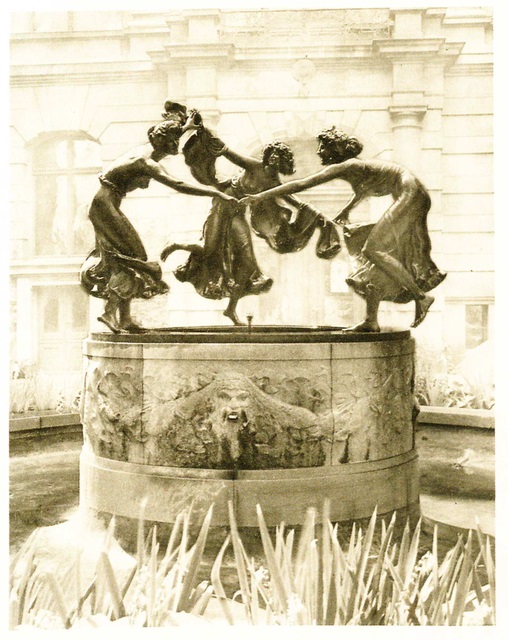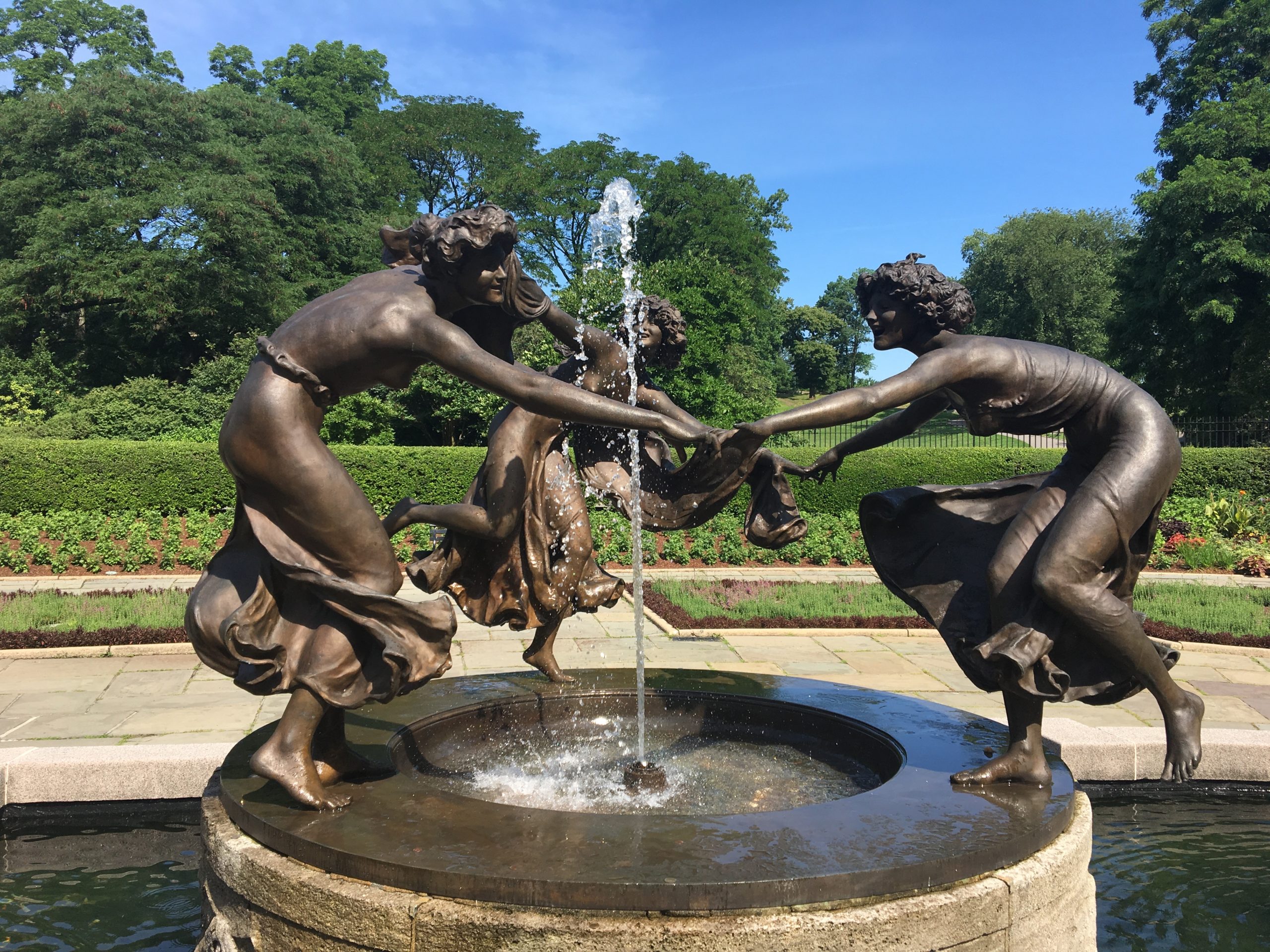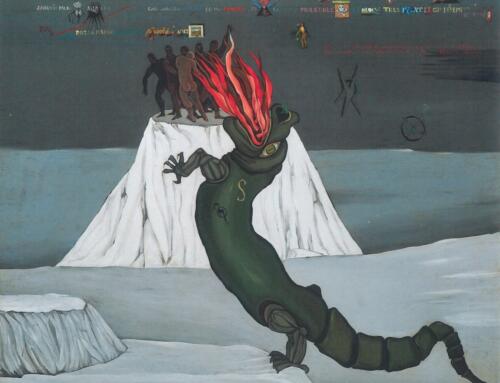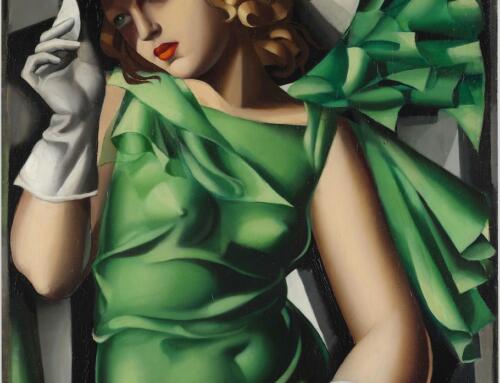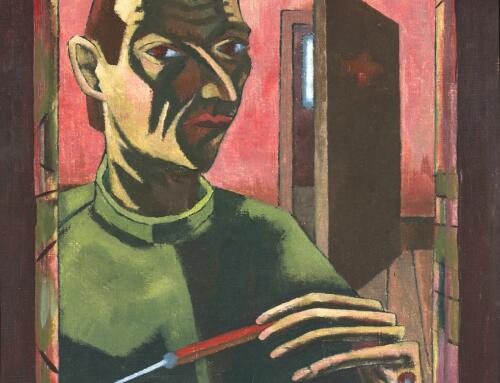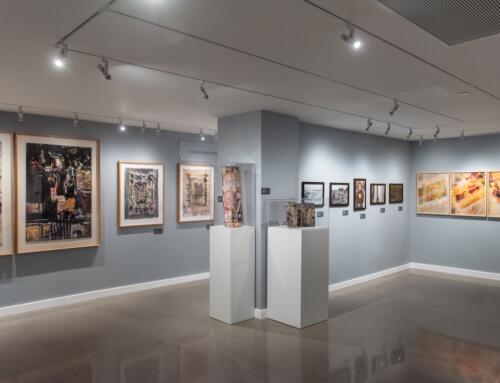Dear Friends,
We invite you to join us TOMORROW:
Wednesday, July 7 at 12:00pm EST
“Becoming Gustav Metzger: Uncovering the Early Years (1945-1959)”
Featuring
Nicola Baird
Curator at Ben Uri Gallery and Museum, London (UK)
Moderator
Rachel Stern
Director and CEO, The Fritz Ascher Society for Persecuted, Ostracized and Banned Art
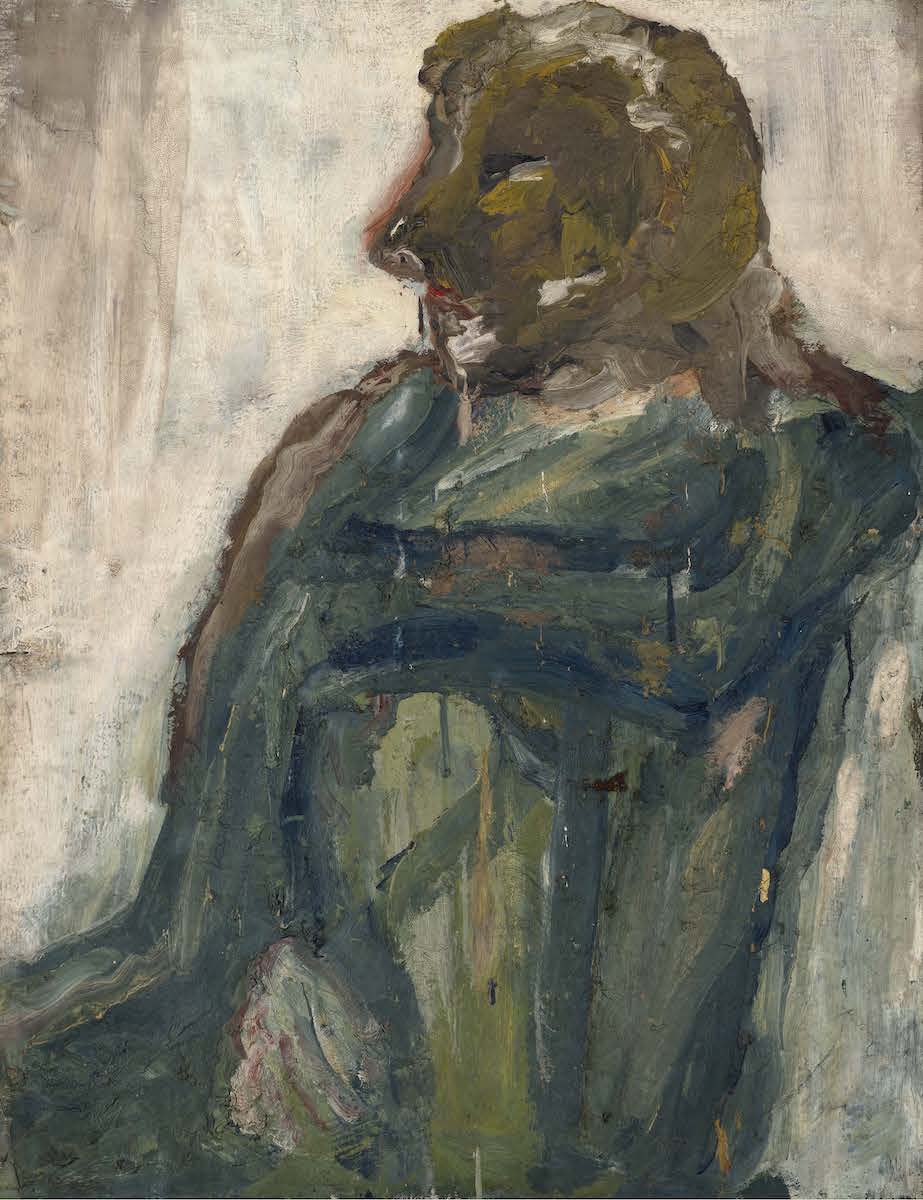
Gustav Metzger, Antwerp Model, 1949; Oil on canvas.
Courtesy of The Gustav Metzger Foundation, image copyright Justin Piperger.
Born in Germany to Polish-Jewish orthodox parents in 1926, Gustav Metzger (1926-2017) was one of 10,000 Jewish children evacuated in 1939 to London as part of the Kindertransport. His parents, eldest brother, and maternal grandparents, all perished in the Holocaust.
Of his religious upbringing and its effect on his artistic practice, Metzger reflected, ‘I was raised in a Jewish Orthodox environment, so there was a fascinating clash in my youth between art and the Jewish insistence on the prohibition on images. This is at the centre of my work: on the one hand, opening up to the world and, on the other, closing off from it. I arrived in Britain as a refugee when I was 12 years old, so it never came to the point of choosing between art and tradition because, by the time I would have been faced with such choices, I had already left my hometown and gone in a completely new direction.’ He has also spoken, however, in conversations with author and curator, Bronac Ferran, of ‘grappling for years with the central question: how might a Jewish person make art?’ as well as the ways in which he was circling Judaism with respect to making images of the human figure.
Upon the advice of Henry Moore, Metzger spent six months at the Cambridge School of Art, before enrolling at the Sir John Cass Institute in 1946, where he studied sculpture and attended David Bomberg’s life drawing classes at the Borough Polytechnic, alongside contemporaries including Frank Auerbach. The following year Metzger joined Bomberg’s composition class, producing ‘extremely fast and intense’ paintings.
Metzger went on to become ‘the conscience of the art world’, a pioneering practitioner whose definitive contribution to British cultural and political history cannot be underestimated. He died in London in 2017.
Nicola Baird is the curator of the first museum exhibition to examine the little-known formative years of refugee artist and activist Gustav Metzger, on view at Ben Uri Gallery and Museum in London until September 17, 2021.
Nicola Baird is a Research Officer and Curator at the Ben Uri Research Unit, Ben Uri Gallery and Museum, London. She is currently studying for a PhD in History of Art at London South Bank University in collaboration with Ben Uri.
As a Guest Curator at Burgh House she was the initiator of the Arts Council funded exhibition, ‘The Making of an Englishman’: Fred Uhlman, a Retrospective held at Burgh House before touring to the Hatton Gallery, Newcastle in 2018 and editor of the accompanying publication. In 2019 she curated Czech Routes to Britain: Selected Czechoslovak Artists in Britain from the Ben Uri and Private Collections at Ben Uri and for which she edited the accompanying catalogue.
Walter Schott, Three Dancing Maidens (Drei tanzende Mädchen), 1909. Limestone and Bronze
New projects in provenance research are initiating important changes, which are the subject of our next Zoom lecture:
Walter Schott’s fountain “Three Dancing Maidens” was commissioned by Rudolf Mosse and erected in mid-1909 in the main courtyard of the Mosse-Palais at Leipziger Platz. It can be assumed that this fountain is now in the park of the Schlosshotel Burg Schlitz in Mecklenburg-Western Pomerania. Why hasn’t it been restituted to the Mosse heirs?
Prof. Dr. Meike Hoffmann, who directs the Degenerate Art Research Center, the Mosse Art Research Initiative (MARI) as well as the Abraham Adelsberger Art Research Project (AAARP) at Free University Berlin will discuss this and other questions regarding provenance research including exciting new developments during our upcoming Zoom event:
Wednesday, July 21, at 12:00pm EST
“New Frontiers of Provenance Research: The Mosse Art Research Initiative (MARI)”
Featuring
Meike Hoffmann, PhD
Professor and Director of the Degenerate Art Research Center, the Mosse Art Research Initiative (MARI) as well as the Abraham Adelsberger Art Research Project (AAARP) at Free University Berlin (Germany)
Introduced by
Rachel Stern
Director and CEO of The Fritz Ascher Society for Persecuted, Ostracized and Banned Art in New York
MARI is innovative in many ways. For the first time, descendants of victims of Nazi persecution are cooperating with German institutions in a public/private partnership in provenance research. After an initial three-year research period, the successful project at Freie Universität Berlin is now being continued. Numerous works from the former Mosse collection have already been recovered and restituted. In the process, surprising stories came to light showing the whole challenge range of provenance research and restitution.
MARI’s task, however, is not only to search for the works of the former collection, but also to gain insight into the strategies of the so called “Gleichschaltung” (consolidation) of the press just after the Nazis came to power in 1933, as well as the persecution situation of the family and the emigration routes of the individual members, in order to grasp the full extent of the fate and the consequences that continue until today.
In her presentation, Meike Hoffmann shows the whole range of individual cases with a focus on looted art in private hands as well as explain the key to MARI’s success and its efforts to prepare a foundation of a joint, not only German, memorial culture.
Meike Hoffmann directs the Degenerate Art Research Center, the Mosse Art Research Initiative (MARI) as well as the Abraham Adelsberger Art Research Project (AAARP) at FU Berlin. She organized the first academic training on provenance research at the Free University of Berlin where she received her PhD and now teaches at the department of history and cultural studies on Degenerate Art and Nazi art policy during the Third Reich. She was a member of the Taskforce Schwabing Art Trove and participated in the follow-up research project on the Gurlitt collection at the German Lost Art Foundation and is author of Hitler’s Art Dealer: Hildebrand Gurlitt, 1895–1956 amongst several other publications.
FUN FACT: A copy of Walter Schott’s fountain, called “Untermeyer Fountain”, is located in Central Park’s Conservatory Garden in New York. It was donated by Samuel Untermeyer’s children after his death.
We offer all these events for free. If you can, please support our work by giving to the Fritz Ascher Society.



